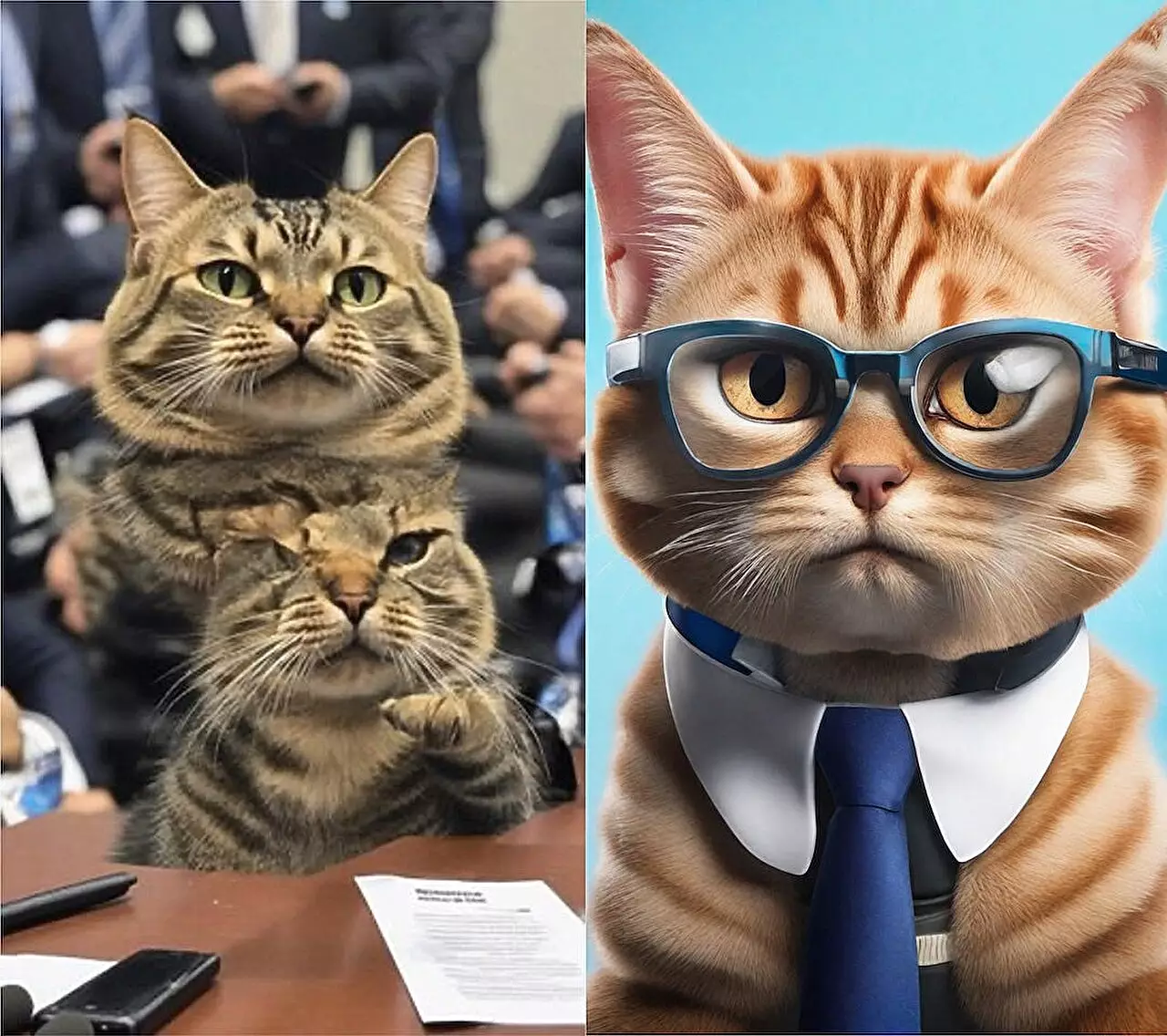Generative artificial intelligence (AI) is a rapidly advancing field, yet it faces significant challenges, particularly in image creation. While models like Stable Diffusion, Midjourney, and DALL-E have demonstrated impressive capabilities in producing lifelike images, they often struggle with fundamental flaws, especially when it comes to replicating fine details such as facial symmetry or human anatomy. Fingers, for example, frequently emerge distorted, and attempts to generate images across various resolutions or aspect ratios can lead to bizarre output or visual anomalies. This critical gap in performance is being addressed by a new method emerging from Rice University, known as ElasticDiffusion.
The limitations of current generative image models stem from their inherent structure. Most diffusion models excel in producing square images due to their training on datasets exclusively featuring this format. Consequently, when tasked with creating non-square images—such as widescreen or portrait formats—these models often generate repetitive patterns, resulting in unrealistic and distorted representations. For instance, elements in the image may recur excessively, leading to a stylized, yet grotesque appearance characterized by features like elongated limbs or surplus digits.
Professor Vicente Ordóñez-Román, who oversaw the development of ElasticDiffusion, highlights a common dilemma with generative AI: overfitting. This phenomenon occurs when an AI system is trained on a narrowly defined dataset; it becomes specialized at generating similar data yet falters when faced with variations outside its training scope. While expanding the training data to mitigate overfitting is a potential solution, this path is fraught with logistical hurdles. Such an expansion demands substantial computational resources—hundreds if not thousands of graphics processing units—rendering it an impractical approach for many researchers.
ElasticDiffusion proposes a groundbreaking shift in how generative models process image information by distinguishing between two critical data types: local and global signals. Local signals represent detailed pixel-level attributes—like the intricate texture of a pet’s fur—while global signals encompass the broader outline and context of the image being created. This innovative separation is key to enhancing the AI’s ability to manage various aspect ratios without sacrificing image quality or coherence.
Haji Ali, a doctoral student at Rice University and the principal author behind this methodology, explains that conventional models merging local and global signals often lead to confusion during image generation. This confusion manifests in the form of visual inconsistencies and errors. By decoupling these two types of signals, ElasticDiffusion can better navigate the complexities inherent to non-square images, yielding much cleaner results. The method operates by utilizing conditional and unconditional generation paths, subtracting one from the other to derive a score that retains essential global information while allowing local details to be integrated in a controlled manner.
The results from utilizing ElasticDiffusion are promising and transformative. This novel approach allows AI models to produce images with a much-improved consistency across different aspect ratios without necessitating re-training on extensive datasets. As outlined by Ordóñez-Román, the real innovation lies in the efficient use of intermediate representations within the diffusion model to maintain global consistency, ultimately leading to a more natural and aesthetically pleasing output.
However, there are trade-offs. Currently, the generation time for images using ElasticDiffusion stands at 6 to 9 times longer than conventional methods. While this may deter some users seeking speedy results, the potential for this method to advance the field of generative AI is immense. Haji Ali envisions a future where it will be possible to produce high-quality images at varying aspect ratios without sacrificing performance speed, thereby overcoming existing limitations of traditional diffusion models.
As research in generative AI progresses, approaches like ElasticDiffusion represent a critical evolution in the technology’s capabilities. While existing models are indeed impressive, they reveal significant vulnerabilities that can impact creative applications ranging from digital art to design and content creation. The ability to produce clean and precise images without the constraints of aspect ratios paves the way for more versatile applications and user experiences.
Innovations such as ElasticDiffusion underscore the promise of generative AI to not only enhance image quality and consistency but also expand the horizons of what AI can achieve in creative fields. By addressing fundamental issues in existing methodologies, researchers like Haji Ali and Ordóñez-Román are carving a path toward a future where generative AI seamlessly integrates into artistic workflows. The journey is still ongoing, but the potential for a paradigm shift in image generation is now more tangible than ever.


Leave a Reply